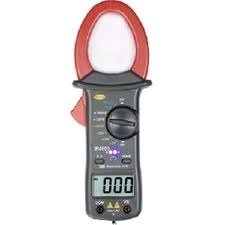LaBomba
Guru
- Joined
- Nov 18, 2012
- Messages
- 1,240
- Location
- Canada
- Vessel Name
- Looking Glass
- Vessel Make
- Carver 370 Voyager
On haul out yesterday it was apparent that my prop, rudder and metal rudder bracket were thickly coated in a hard scale. None of the other boats hauled today at our marina had this. It was very easily dissolved with a light muriatic acid solution but obviously I have an electrical issue. There does not seen to be any corrosion on these parts but something is wrong and I want to correct it. We are in fresh water but this likely doesn't matter. Where do I start?? Any suggestions would be very much appreciated.

